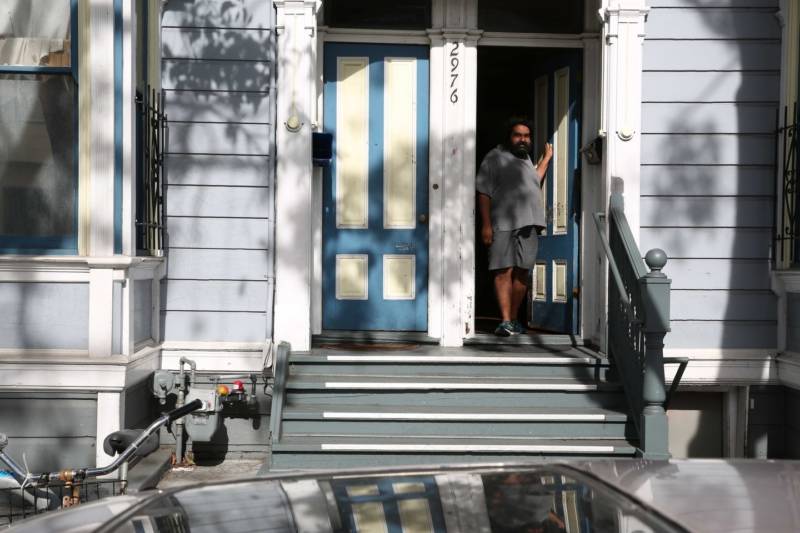Last month, the Federal Reserve System issued a report on “the economic well-being of U.S. households,” and it contained a rather disturbing bit of data.
“If faced with an unexpected expense of $400,” a survey of American households found, “61% of adults say they would cover it with cash, savings, or a credit card paid off at the next statement – a modest improvement from the prior year.”
Turning that around, 39% of American adults say they couldn’t readily cover an unexpected $400 expense – for a car repair, perhaps, or an emergency room visit. The survey found that two-thirds of them “would borrow or sell something to pay for the expense” and the remainder “would not be able to cover the expense at all.”
